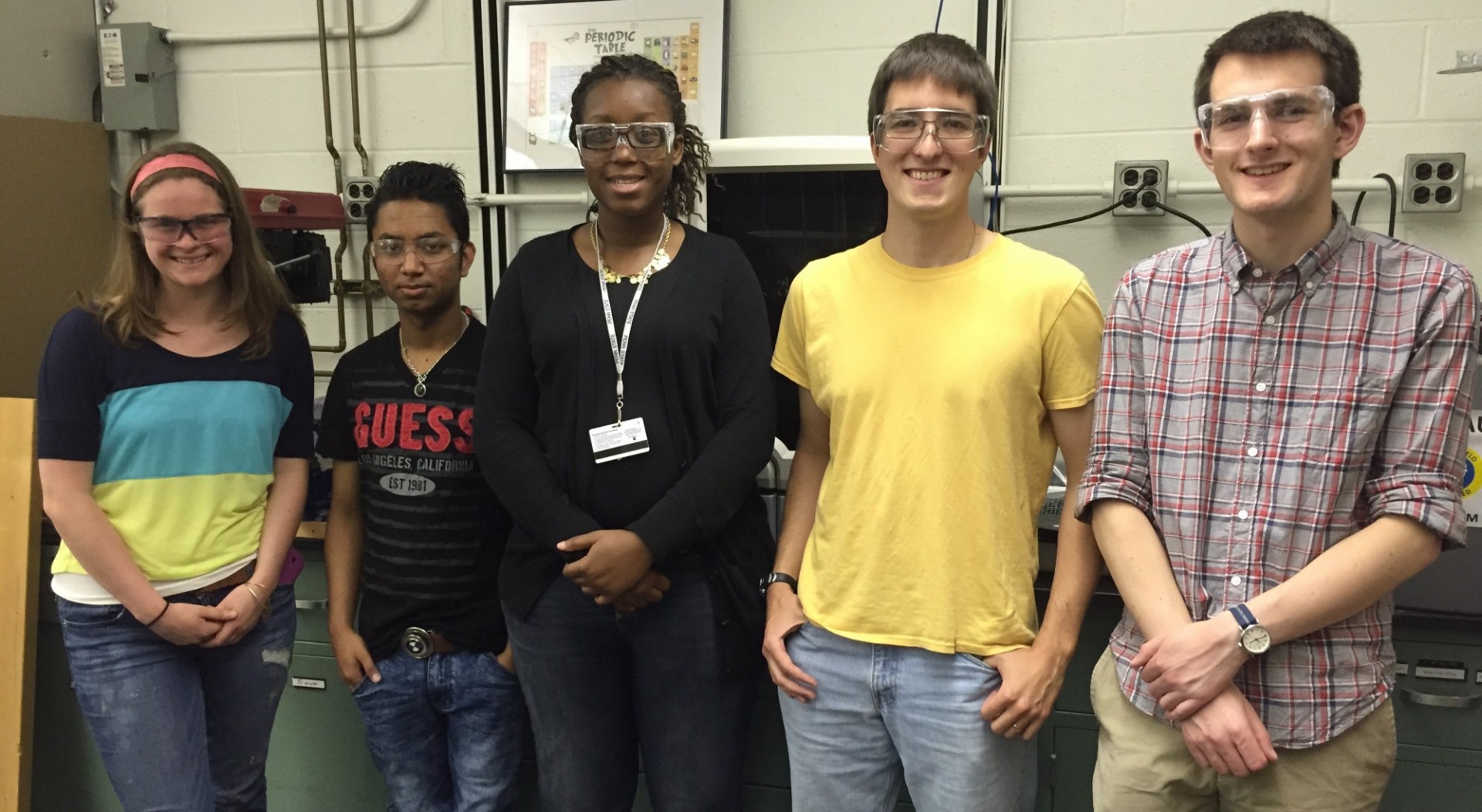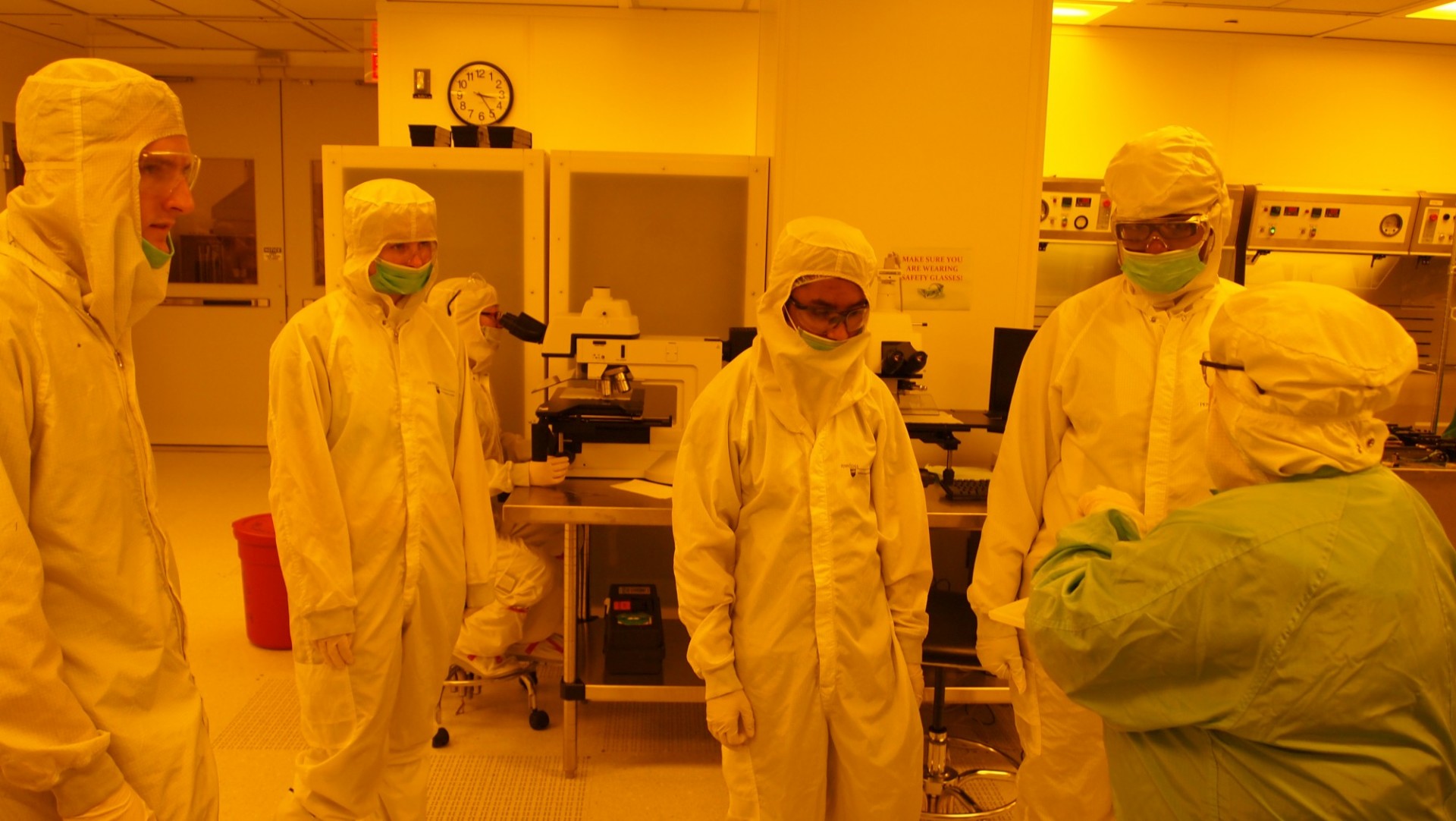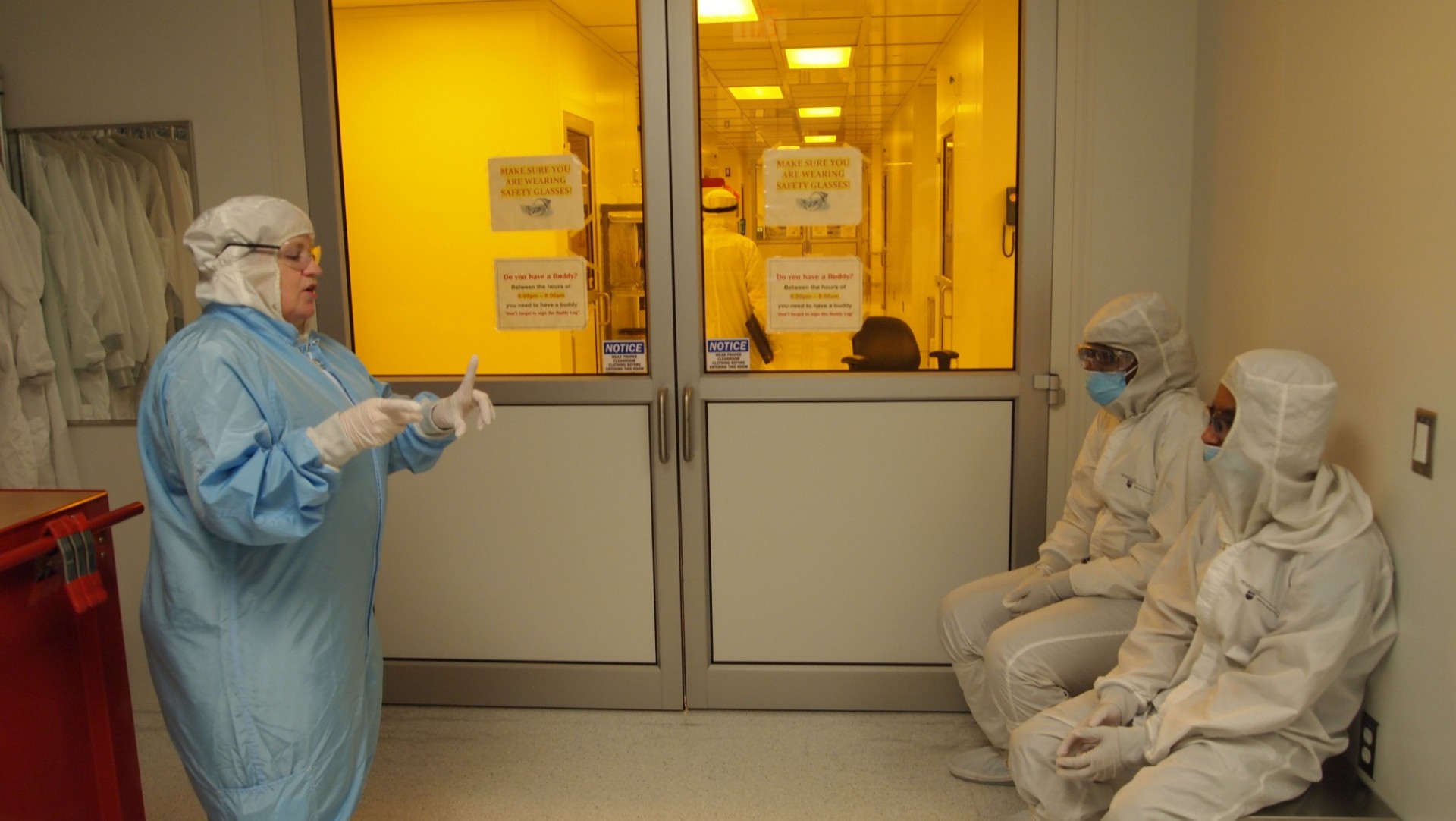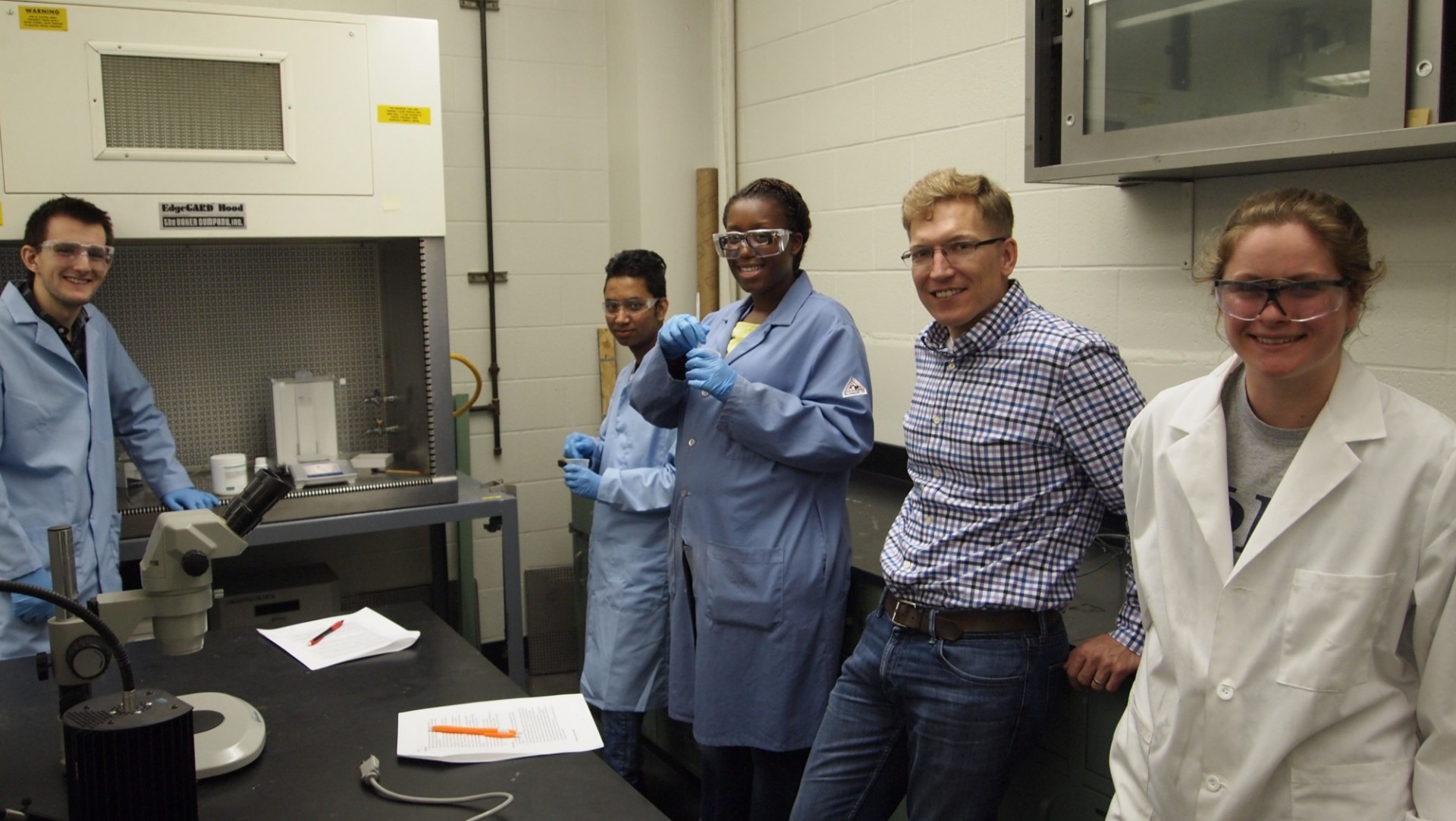The Summer Research Experience in the Eberly College of Science (SEECoS) program provides research experiences for high school students from the Upward Bound Math and Science (UBMS) program. The UBMS program at the Pennsylvania State University is designed to strengthen the math and science skills of low-income, first-generation potential college students. Each summer, the UBMS program invites nearly 40 students from Pennsylvania high schools to the Penn State campus to participate in the five week Summer STEM Academy. In addition to coursework in Math, Science, Research Writing, Computer Skills, Public Speaking, and Foreign Language, the UBMS students conduct a five week research project under the direction of graduate student mentors within the SEECoS program.
This summer (2015) our group hosted two UBMS students, Dyemond and Tapan, from SciTech High in Harrisburg, PA. Under the guidance of graduate student mentors, Charles Cartier and Allan Brooks, and an undergraduate student mentor, Olivia Miller, Dyemond and Tapan conducted a research project to design and create a microfluidic machine powered by contact charge electrophoresis. Our participation in this program was supported by the National Science Foundation through award NSF-1351704.
Project Description: Microfluidic Machines
The machines we encounter in our everyday experience – cars, appliances, ceiling fans, etc. – are often surprisingly ineffective when miniaturized to microscopic dimensions. At small scales, materials become more “sticky” and “gooey” requiring new strategies for the design and creation of functional machines. One approach – that of microfluidics – uses microfabricated channels to manipulate small volumes of fluid for applications ranging from inkjet printing to DNA sequencing to medical diagnostics. In this project, Dyemond and Tapan fabricated a microfluidic machine that uses electricity to power the active transport of particles within a microfluidic channel. They were introduced to modern fabrication techniques such as 3D printing and photolithography (also used for making computer chips), high-speed videography for capturing fast events in super slow motion, as well as the science and engineering of electrostatic motors. Dyemond and Tapan were challenged to design and create an electric particle transporter at the macroscale (roughly the width of your palm) before attempting to realize miniature versions of these machines at the microscale (roughly the width of a single hair). This project emphasized how size or scale impacts the behavior of materials and machines.
Key Outcomes
Our participation in the SEECoS program provided graduate and undergraduate students with (1) an opportunity to create learning experiences and curricula that showcase their research, (2) a unique teaching experience, and (3) an opportunity to participate in service scholarship with an award-winning youth program. Additionally, the UBMS students received an engaging research experience focused on microfluidic motors. Importantly, this experience provided the students with (1) a foundation for incorporating the scientific method into both scientific and everyday challenges, (2) an appreciation for how common-sense physical intuition can fail at different length and time scales, (3) an understanding that both scientific theory and experiments are necessary to understand the world around us, (4) information on career opportunities in STEM fields, and (5) confidence in their ability to succeed should they pursue higher education in STEM fields.




